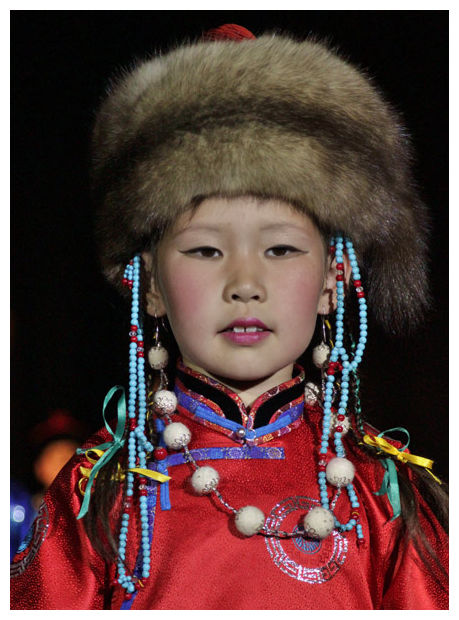
Siberia occupies nearly 10% of Earth's land mass, but today it's home to only about 0.5% of the world's population. This is perhaps not surprising, since January temperatures average as low as -25°C.
Geneticists have sampled only a few of the region's nearly one dozen indigenous groups; some, such as the 2000-member Teleuts, descendants of a once powerful group of horse and cattle breeders also known for their skill in making leather goods, are in danger of disappearing.
Previous research on cold adaptation included two Siberian populations and implicated a couple of related genes. For example, genes called UCP1 and UCP3 tend to be found in more active forms in populations that live in colder climes, according to work published in 2010 by University of Chicago geneticist Anna Di Rienzo and her colleagues.
These genes help the body's fat stores directly produce heat rather than producing chemical energy for muscle movements or brain functions, a process called "nonshivering thermogenesis."
The new study sampled Siberians much more intensely, including 10 groups that represent nearly all of the region's native populations. Graduate student Alexia Cardona, a member of Toomas Kivisild's genetics group at the University of Cambridge, and her colleagues analyzed 200 DNA samples collected by researchers at the Institute of Biological Problems of the North in Magadan, Russia, seeking genes that help humans adapt to the cold. Cardona used several techniques that detect signs of natural selection in the human genome - that is, genes that have been favored by evolution because they helped humans to survive and reproduce. She found three genes. One was UCP1, confirming previous studies. Variants of two new genes, called ENPP7 and PRKG1, also appeared to have undergone positive selection.
These findings make sense, Cardona told attendees at the meeting, Unravelling Human Origins. PRKG1, for example, is involved in the contraction of smooth muscle, key to shivering and the constriction of blood vessels to avoid heat loss. And ENPP7 is implicated in the metabolism of fats, especially those in meat and dairy products - a staple of the fat-laden diets of Arctic peoples.
The degree to which cold-friendly versions of these three genes were favored by evolution differed in the various Siberian groups. Thus selection for UCP1 was strongest in southern Siberian groups, while selection for PRKG1 was greatest in northeastern and central Siberia. ENPP7, on the other hand, showed strong selection throughout Siberia.
Taken together, Cardona's findings include the many elements researchers seek when trying to prove natural selection: an identified selection pressure, variation in different populations, specific DNA changes, and a sense of what those changes actually do. Cardona concluded that the study shows how, over the more than 25,000 years that modern humans been lived in Siberia, various peoples have adapted to the region's cold weather and meaty food sources through selection on multiple genes that control several biological mechanisms.
Cardona noted in her talk that Siberians are considered the source population for all of today's Native Americans, suggesting that the ancestral Native American genome may also have been cold adapted in these ways. And Siberia was home to earlier kinds of humans too, including Neandertals and the mysterious Denisovans. If found in ancient samples, the adaptations Cardona found in living Homo sapiens' may provide clues as to how earlier humans were able to occupy such frigid areas.
"The results are fascinating," says Danae Dodge, a geneticist at the University of Sheffield in the United Kingdom, because they add to evidence that "we have continued to evolve in our modern world." Di Rienzo, who was not at the meeting, comments that the findings are "broadly consistent" with her team's earlier work, which also found signs of natural selection in sets of genes, not just single ones.



Reader Comments
to our Newsletter